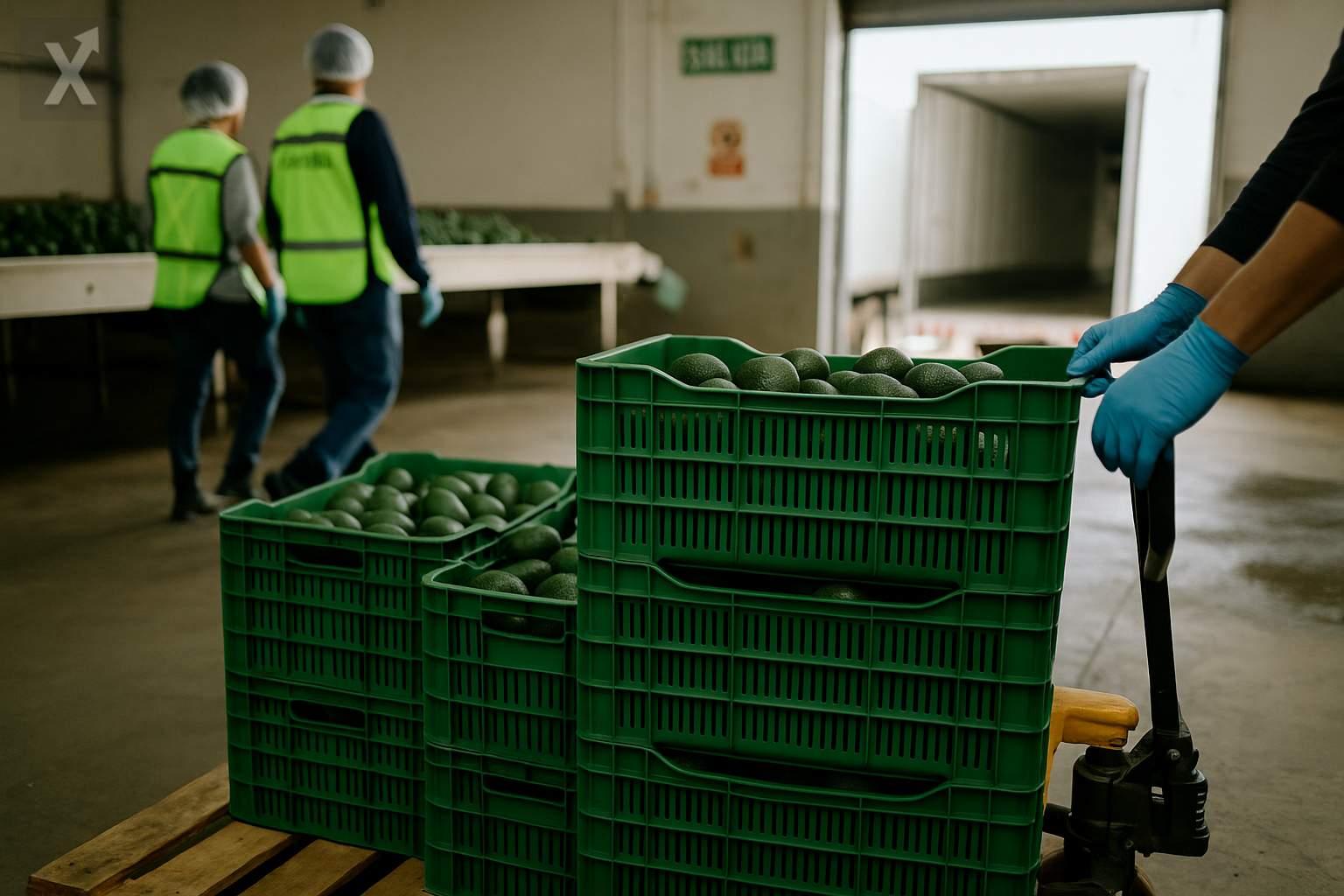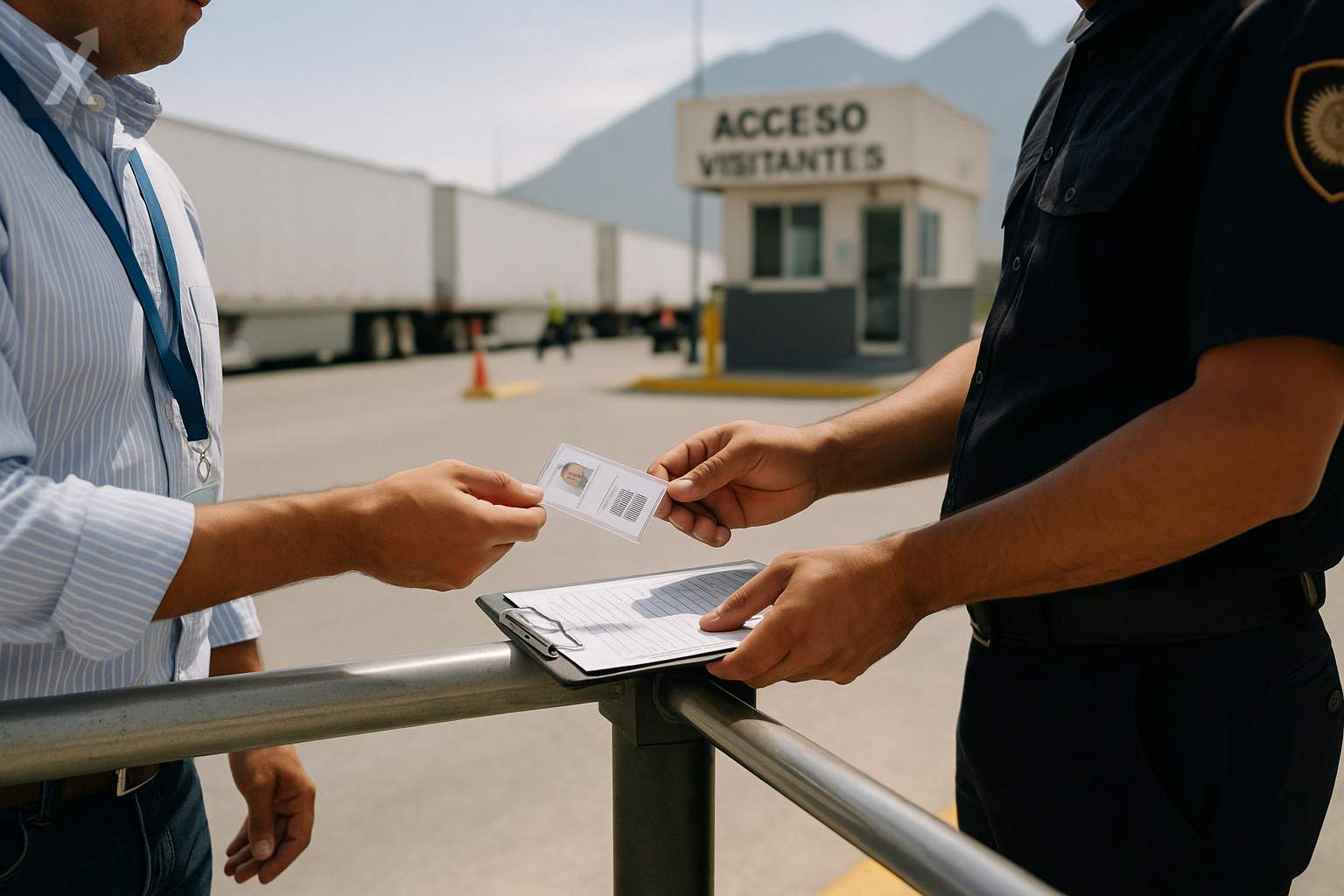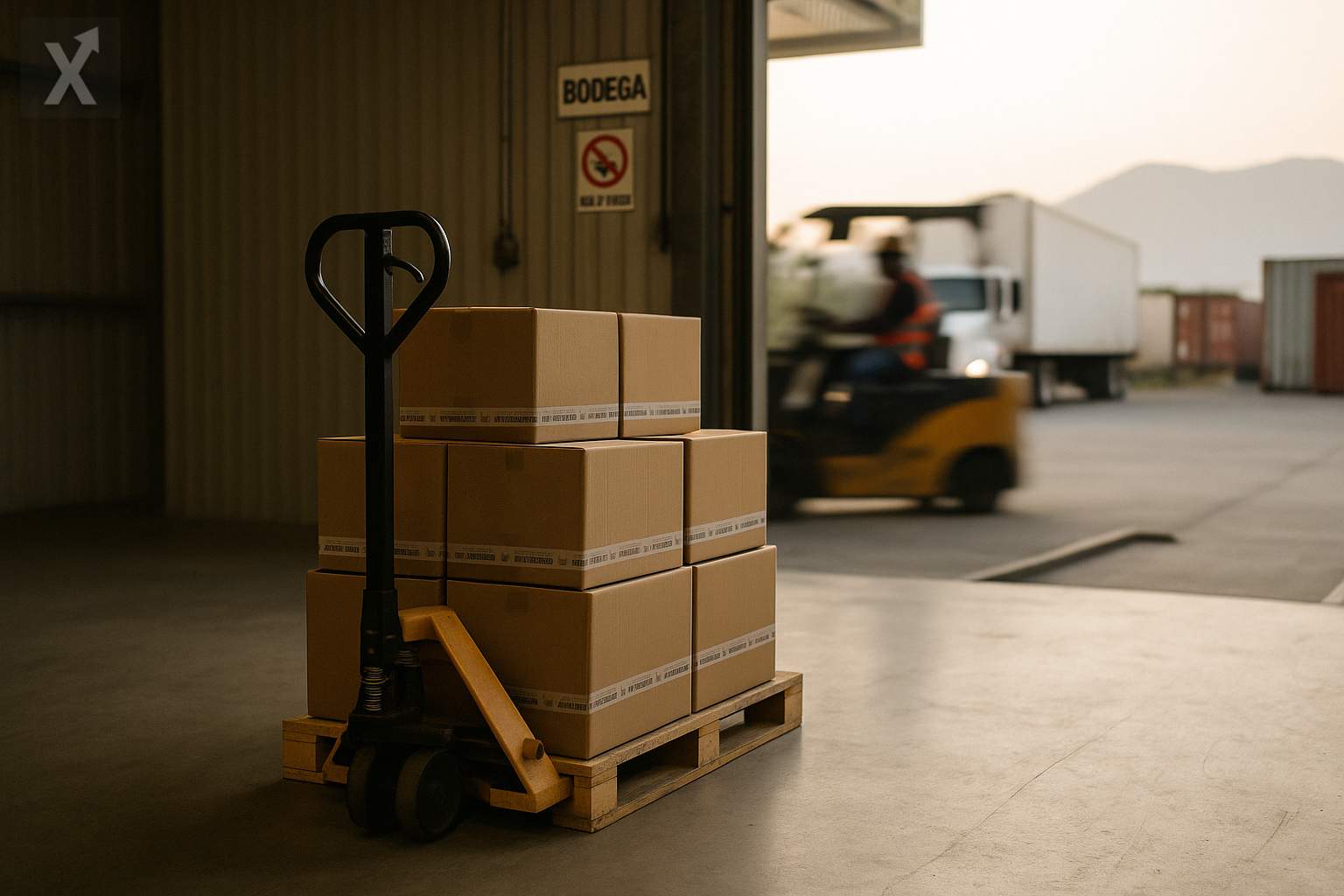Michoacán Maintains Agro-Export Leadership Despite Violence; Volatile Investment and Dependence on the US Present Challenges

Michoacán has solidified itself as Mexico’s leading agro-export hub, even amid insecurity and the extortion of producers. In 2024, the state exported $4.584 billion worth of agricultural products—26.3% of the national total—far surpassing other major agricultural states such as Sinaloa, Sonora, Jalisco, Baja California, and Guanajuato. The sector’s economic weight has attracted the attention of criminal groups, who—according to producer testimonies and academic studies—impose illegal fees, set prices, and fight for control of collection and transport routes, with violent incidents frequently affecting rural communities.
Export momentum remains strong. In the first half of 2025, Michoacán’s agri-food exports totaled $2.818 billion, a 19% year-on-year increase, according to INEGI. Avocados lead the way, accounting for about $3.5 billion annually, with nearly 90% of that volume heading to the United States. Michoacán produces over two million tons of avocados per year, spread across roughly 182,000 hectares in 66 municipalities—including Uruapan, Tancítaro, Ario, Peribán, and Tacámbaro. Alongside the “green gold,” guava, strawberries, blackberries, figs, pineapples, and mangoes bolster the local export basket; over 70% of the state’s exports are agricultural products.
This boom has come with greater operational risks. Academic research, such as studies by the University of Cambridge, shows that organized crime expands into legal markets when a product becomes important in foreign trade, seeking quick profits and price manipulation power. In Michoacán, the “derecho de piso” (protection payments) drives up logistical costs, squeezes margins, and increases the risk of disruptions. In both 2022 and 2024, US health authorities temporarily suspended inspections of avocados and mangoes from Michoacán because of security incidents involving their inspectors; shipments resumed after additional protection agreements were reached with SENASICA. These incidents highlight the vulnerability of a supply chain dependent on binational phytosanitary protocols.
Even so, the state’s economy is outperforming the national average, driven by primary sector activities. In the second quarter of 2025, Michoacán’s economic activity grew 3.8% year-on-year, with gains of 12.5% in the primary sector, 5% in the secondary, and 1.7% in the tertiary. The port of Lázaro Cárdenas strengthens the state’s logistics profile, while the presence of ArcelorMittal makes it a key steel hub. Integration with the Bajío region and rail corridors to the border support nearshoring, although highway security, infrastructure quality, and regulatory certainty are crucial to sustaining this trend.
Foreign direct investment (FDI) has been volatile. In the first half of 2025, Michoacán received $161.4 million in FDI, about 20% less than the previous year, after hitting a peak of $1.032 billion in 2021. From 2006 through mid-2025, the state attracted over $10 billion in FDI; Luxembourg leads source countries due to ArcelorMittal’s operations in Lázaro Cárdenas. This volatility partly reflects the sensitivity of capital to perceptions of rule of law, logistical costs, and human capital availability. On the IMCO State Competitiveness Index, Michoacán ranks 29th, lagging particularly in investment attraction and educational coverage.
The formal labor market is making slow but steady progress. As of September, the state had 495,360 people enrolled in the Mexican Social Security Institute (IMSS); commerce and services represent nearly half of formal employment, while a significant portion of agriculture remains informal. Remittances continue to support local consumption: 22.9% of Michoacán households depend on them, according to the 2020 census. Nationally, remittance flows remain at record highs, cushioning income shocks in rural regions.
The macro environment also plays a role. Tight monetary policy and a volatile exchange rate affect costs and translate export earnings into pesos. Fertilizer and energy prices have eased since their 2022 peaks but remain above historical averages. Added to this are climate risks: droughts and water stress limit yields as international demands for traceability, water use, and sustainability grow—avocados, in particular, are under greater scrutiny for deforestation. The 2026 USMCA review will keep a keen eye on health and environmental standards in agricultural exports.
Federal and state authorities have ramped up efforts to protect crops, packing facilities, and routes. Progress has been made on certification and traceability schemes in coordination with SENASICA and US counterparts. Rural development banks, including FIRA, are working to expand credit and climate risk coverage for small and medium-sized producers. However, ongoing investment in cold chains, packing, and logistics will depend on improvements to security and infrastructure.
Outlook: US demand for avocados and diversification toward Europe and Asia point to a favorable future, and nearshoring could attract capital to logistics and agribusiness. The critical factor will remain governance in producing regions. If Michoacán can strengthen the rule of law, traceability, and sustainability, it could capitalize on its export leadership with greater added value; otherwise, instability could translate into higher costs, more frequent disruptions, and erratic FDI.
In summary, Michoacán combines outstanding agro-export strength with a strategic logistics ecosystem, but faces security and investment risks that cannot be ignored. Recent performance shows resilience, but consolidating this leadership will require addressing gaps in security, competitiveness, and sustainability to reduce vulnerabilities and stabilize capital flows.






